"TACTICS ON TAP" SYRACUSE NEW YORK, WEDNESDAY SEPT 21ST @ 7:30 PM

The Tactics on Tap venue will be located at the Gilded Club, a short 0.3 mile walk from the Marriott Syracuse Downtown. Throughout the event a we encourage attendees to contribute to a college fund for the children of Fallen Pittsburgh Firefighter James Ellis. Chief Curt Isakson will also raffle off Conference Passes to Future County Fire Tactics Events.
Take The Door Training is hosting their annual Heavy Rescue Conference, September 19-23, 2022, in Syracuse New York.
This conference will feature three eight hour Hands On Training (HOT) sessions entitled Rescue Company Operations on the Fireground. Chief Isakson will be instructing in this HOT Session with J.J. Cassetta, Larry McCormack, Sam Hittle, Matt Rush, and others.
Chief Isakson's H.O.T. Session


Presenter Spotlight
Curt “Ike” Isakson is a 30+ year veteran of the fire service, with experience working in volunteer, career, and combination departments in urban, suburban, rural, and countywide settings.
He is currently a Battalion Chief for Escambia County Fire Rescue in Pensacola Florida where he has worked for the last 21 years.
conference Pricing
-
195.00 - Two Day Lecture
-
675.00 - Three Day HOT
-
Multiple Lecture & HOT
Options Available

AIR TRAVEL
If you are traveling to the area by air, Syracuse Hancock International Airport is approximately nine (9) miles north of the conference venue.

'24-'25 PENSACOLA BEACH
FIRE CONFERENCE 2024
FEATURING THE HIGH RISE OPERATIONS CLASS (HROC)
2024 CHIEF IKE NEAR YOU
CFT CONFERENCE VIDEO
🚨BOX ALARM🚨
Sign up now to be in the know about everything we have going on at County Fire Tactics.
Add yourself onto our Box Alarm, and you will receive exclusive first release notifications to your e-mail about conferences, seminars, discounts, podcasts, training articles, and more.
CF Tactics Box Alarm Updates
CONTACT CF TACTICS

Curt Isakson
(850) 982-5364
is the CFT Conference #,
expect a few days to return
call unless during an event.

Jessica Isakson
(850) 982-5364
is the CFT Conference #,
expect a few days to return
call unless during an event.
View a list of CF Tactics programs Chief Isakson can deliver at your next conference, seminar, symposium, or in house event. Utilize the links provided to reach Curt and Jessica for more information about booking Chief Isakson or our Pensacola Beach conference series.


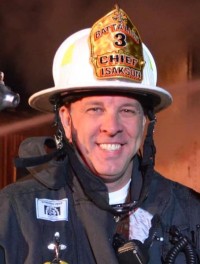





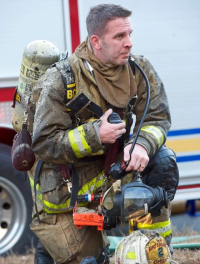

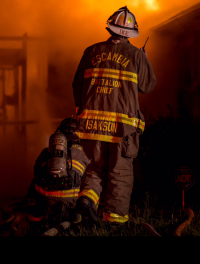



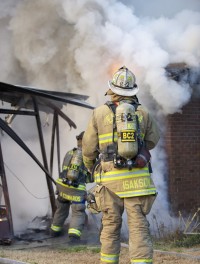




























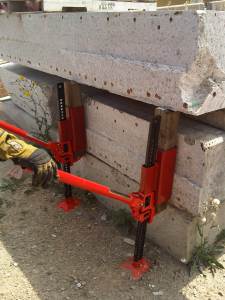






























You must be logged in to post a comment.